Home>Garden Essentials>How To Grow Calla Lilies From Seed
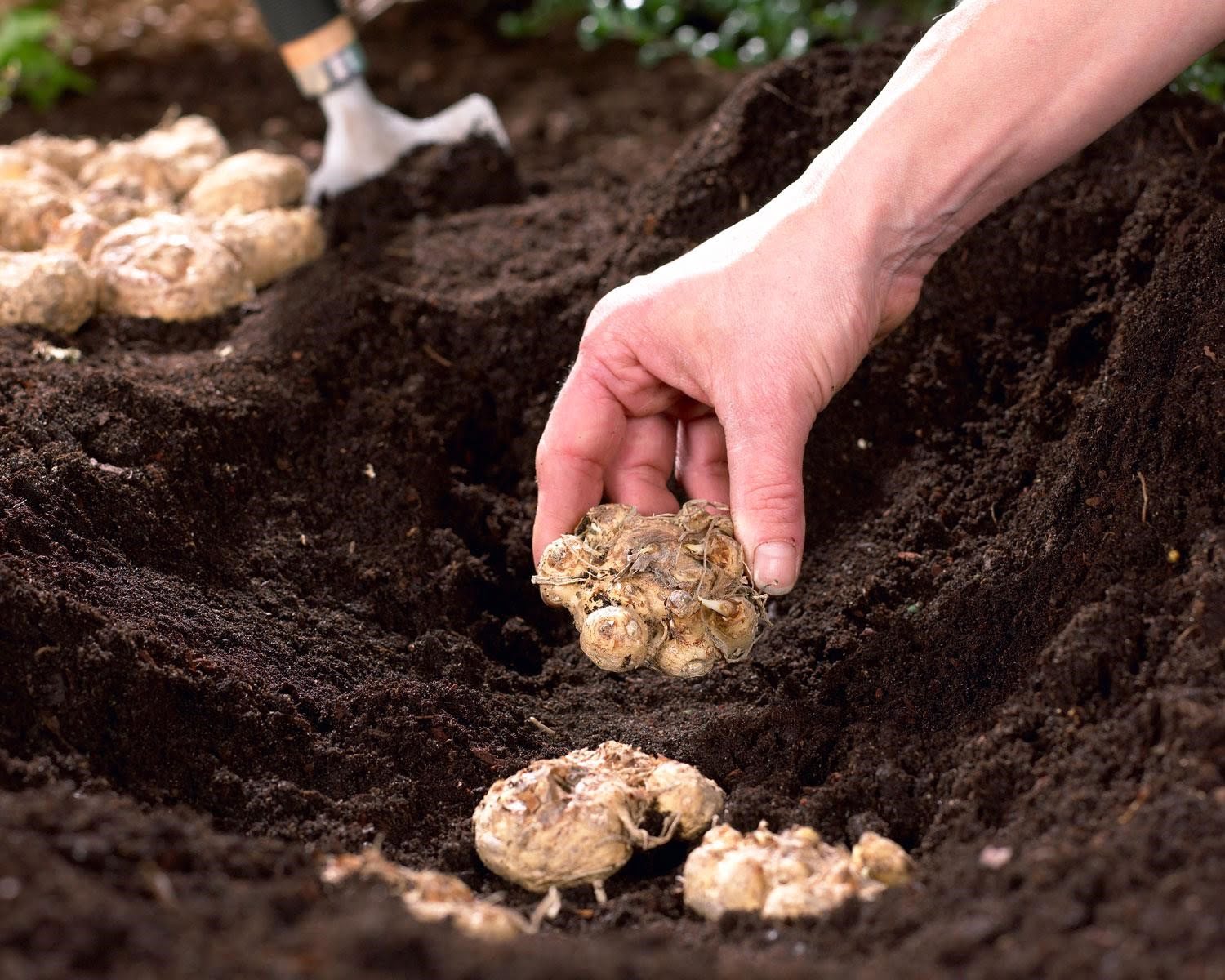

Garden Essentials
How To Grow Calla Lilies From Seed
Modified: March 15, 2024
Learn how to grow beautiful calla lilies from seed in your garden and enhance the beauty of your outdoor space.
(Many of the links in this article redirect to a specific reviewed product. Your purchase of these products through affiliate links helps to generate commission for Storables.com, at no extra cost. Learn more)
Introduction
Welcome to the wonderful world of growing calla lilies from seed! Calla lilies are known for their elegant and trumpet-shaped flowers, making them a popular choice for gardens and floral arrangements. While most gardeners prefer to propagate calla lilies through bulbs, growing them from seed can be a rewarding and fulfilling experience.
In this article, we will guide you through the process of selecting suitable calla lily seeds, preparing the soil, sowing the seeds, caring for seedlings, transplanting, providing proper care, and even harvesting the seeds. By following these steps, you can successfully grow beautiful calla lilies from seed and enjoy their stunning blooms.
Before we dive into the details, it’s important to note that growing calla lilies from seed requires patience and dedication. It typically takes a couple of years for the plants to reach maturity and produce flowers. However, the process is well worth the wait, as you will have the satisfaction of nurturing your plants from the very beginning.
So, let’s get started on this exciting journey to grow calla lilies from seed!
Key Takeaways:
- Growing calla lilies from seed is a patient and rewarding process, requiring high-quality seeds, proper soil preparation, and attentive care for healthy growth.
- Harvesting calla lily seeds allows for experimentation and variation in plant characteristics, adding an exciting and experimental element to the gardening journey.
Read more: How To Grow Calla Lily Seeds
Selecting Suitable Seeds
When it comes to growing calla lilies from seed, the first step is to select high-quality and viable seeds. Here are a few key factors to consider when choosing your calla lily seeds:
- Source: Look for reputable seed suppliers or nurseries that specialize in calla lilies. They should offer a wide variety of calla lily seeds to choose from.
- Variety: Decide on the specific variety of calla lilies you want to grow. Calla lilies come in various colors, including white, pink, yellow, and even black. Choose a variety that suits your taste and garden aesthetic.
- Freshness: Make sure the seeds are fresh. Check the packaging for the harvest date or inquire with the seller about the freshness of the seeds. Fresher seeds have a higher likelihood of germination.
- Viability: It’s crucial to select seeds that are viable and have a high germination rate. Look for seeds that are plump, firm, and free from any mold or damage. Avoid seeds that are shrunken or discolored, as they may not germinate successfully.
Once you have selected your calla lily seeds, it’s time to prepare the soil for sowing. Creating the right environment for the seeds to germinate and grow is essential for their success.
Preparing the Soil
Proper soil preparation is crucial for the healthy growth of calla lily seeds. Here’s how you can prepare the soil effectively:
- Choose the right location: Calla lilies prefer well-draining soil and full sun to partial shade. Select a location in your garden that receives at least 4-6 hours of direct sunlight daily.
- Clear the area: Remove any weeds, rocks, or debris from the planting area. This ensures that the calla lily seeds have ample space to grow and access nutrients.
- Amend the soil: Calla lilies thrive in rich and fertile soil. Add organic matter such as compost or well-rotted manure to improve the soil’s fertility and drainage. Work the organic matter into the top few inches of soil using a garden fork or tiller.
- Check soil pH: Calla lilies prefer a slightly acidic to neutral soil pH between 6.0 and 7.0. Use a soil testing kit to determine the pH level of your soil. If necessary, adjust the pH by adding lime to raise it or sulfur to lower it.
Once the soil is prepared, you are ready to sow the calla lily seeds and kickstart their journey to becoming beautiful blooms.
Sowing Calla Lily Seeds
Now that your soil is prepared, it’s time to sow the calla lily seeds. Follow these steps to ensure successful seed sowing:
- Timing: Calla lily seeds can be sown indoors or directly in the garden. If you choose to start them indoors, sow the seeds 8-10 weeks before the last frost date in your area. If sowing directly outdoors, wait until the soil has warmed up in early spring.
- Container selection: If starting the seeds indoors, choose small biodegradable pots or seed trays. This makes it easier to transplant the seedlings later without disturbing their delicate roots.
- Seed preparation: Soak the calla lily seeds in warm water for 24 hours before sowing. This helps to soften the hard seed coat and enhance germination.
- Sowing process: Fill the pots or trays with moistened seed-starting mix or a well-draining potting soil. Sow the seeds about 1/2 inch deep, spacing them at least an inch apart. Gently press the seeds into the soil and cover them with a thin layer of soil.
- Maintaining moisture: Keep the soil consistently moist but not waterlogged. You can cover the pots or trays with plastic wrap or a humidity dome to create a greenhouse-like environment that helps retain moisture.
- Germination: Place the pots or trays in a warm location with temperatures around 70-75°F (21-24°C). Germination can take anywhere from 2 to 6 weeks, so be patient and monitor the moisture levels regularly.
Once the calla lily seedlings have sprouted, it’s crucial to provide them with proper care to ensure healthy growth. Let’s explore the next steps in caring for calla lily seedlings.
Caring for Calla Lily Seedlings
Once your calla lily seedlings have emerged, it’s important to provide them with the care and attention they need to thrive. Here are some essential tips for caring for calla lily seedlings:
- Watering: Keep the soil evenly moist, but avoid overwatering, as it can lead to root rot. Water the seedlings when the top inch of soil feels dry. Use a gentle spray or a watering can with a fine spout to avoid damaging the delicate seedlings.
- Light and temperature: Place the seedlings in a bright, indirect light location. Aim for temperatures around 60-75°F (15-24°C) during the day and slightly cooler temperatures at night.
- Thinning: If you have multiple seedlings growing closely together, thin them out once they have developed their first set of true leaves. This allows each seedling to have sufficient space and resources to grow.
- Fertilization: Once the seedlings have established a few sets of leaves, you can start feeding them with a diluted balanced liquid fertilizer. Follow the instructions on the fertilizer packaging and apply every two to three weeks.
- Pest and disease management: Monitor your seedlings for any signs of pests like aphids or diseases like leaf spot. If any issues arise, promptly take action by using organic pest control methods or fungicides, if necessary.
- Hardening off: About a week or two before transplanting the seedlings outdoors, gradually expose them to the outdoor elements. Start by placing them in a sheltered and shaded area for a few hours each day, gradually increasing the time and exposure to direct sunlight.
By providing the right care for your calla lily seedlings, you will ensure their healthy growth and prepare them for the next stage of their journey: transplanting them into the garden.
To grow calla lilies from seed, start by planting the seeds in a well-draining soil mix and keep them moist. Once the seedlings have grown, transplant them into individual pots and keep them in a warm, sunny location. After the last frost, you can transplant them into your garden.
Read more: When To Harvest Calla Lily Seeds
Transplanting Calla Lily Seedlings
Transplanting calla lily seedlings is a crucial step in their growth journey. Here’s how you can successfully transplant your calla lily seedlings into the garden:
- Timing: Wait until all danger of frost has passed and the soil has warmed up before transplanting your calla lily seedlings. Transplant them outdoors in late spring or early summer.
- Choose the location: Select a well-draining area in your garden that receives full sun to partial shade. Calla lilies prefer a location with morning sun and afternoon shade, especially in hotter climates.
- Prepare the soil: Before transplanting, prepare the planting hole by loosening the soil and adding compost or well-rotted manure to improve fertility and drainage.
- Spacing: Space the calla lily seedlings at least 12-18 inches apart to allow them enough room to grow and spread their roots. Place them at the same depth they were in their original containers or trays.
- Watering: After transplanting, water the seedlings thoroughly to help settle the soil and eliminate any air pockets around their roots. Keep the soil consistently moist, but avoid waterlogging.
- Mulching: Apply a layer of organic mulch around the base of the transplanted seedlings. This helps conserve moisture, suppress weeds, and regulate soil temperature.
- Support: Consider providing support, such as stakes or small trellises, for taller calla lily varieties. This will help keep the plants upright as they grow and prevent them from getting damaged by wind or heavy rainfall.
Once your calla lily seedlings are transplanted, it’s important to continue providing them with proper care and maintenance to ensure their healthy growth and blooming.
Providing Proper Care for Mature Calla Lilies
Now that your calla lilies have grown into mature plants, it’s crucial to provide them with the proper care to ensure their continued health and prolific blooming. Here are some essential tips for caring for mature calla lilies:
- Watering: Calla lilies prefer consistently moist soil, so make sure to water them regularly. Aim to keep the soil evenly moist but not waterlogged. Water deeply, allowing the water to penetrate the root zone.
- Fertilization: Apply a balanced slow-release fertilizer or a liquid fertilizer every four to six weeks during the growing season. This will provide the necessary nutrients for healthy growth and abundant blooms.
- Deadheading: Remove faded or spent flowers by cutting them off at the base of the stem. This encourages the plant to redirect its energy into producing new blooms and prevents seed formation, which can divert energy from flower production.
- Support: If you have taller calla lily varieties or if your plants tend to flop over, provide support such as stakes or a cage to keep them upright. This will help prevent damage from strong winds or heavy rain.
- Pest and disease control: Regularly inspect your calla lilies for pests such as aphids, snails, or slugs. If you notice any signs of infestation or disease, promptly take action using organic pest control methods or appropriate fungicides.
- Winter care: In areas with cold winters, calla lilies will require protection. Before the first frost, gently lift the bulbs from the ground, remove any excess soil, and store them in a cool, dry, and frost-free location for the winter.
- Dividing: Over time, calla lilies can become crowded, resulting in reduced blooming. To maintain their vigor, divide the bulbs every 2-3 years. Dig up the bulbs in early spring, separate the offsets, and replant them in well-prepared soil.
By providing proper care, your mature calla lilies will continue to delight you with their stunning blooms season after season. Remember to adjust your care routine based on your specific growing conditions and the needs of your plants.
Harvesting Calla Lily Seeds
Harvesting calla lily seeds is an exciting and rewarding process that allows you to propagate new plants. Here’s how you can harvest calla lily seeds:
- Timing: Wait until the flowers on your calla lilies have withered and dried completely. This usually occurs in late summer or early fall.
- Identifying seed pods: Look for seed pods that have formed at the base of the faded flowers. These seed pods will be green and swollen when they are ready for harvest.
- Maturation: Allow the seed pods to mature and turn brown or black over several weeks. This indicates that the seeds inside have fully developed.
- Harvesting: When the seed pods have turned completely brown or black, carefully cut them from the plant using clean and sharp gardening shears. Place the seed pods in a paper bag or envelope labeled with the variety and date of harvest.
- Drying: Store the paper bag or envelope in a cool, dry, and well-ventilated area for about one to two weeks. This allows the seed pods to dry further and the seeds to harden.
- Seed extraction: Once the seed pods are thoroughly dry, gently open them and remove the seeds. The seeds are usually small and dark in color, resembling tiny pebbles.
- Seed storage: Place the harvested seeds in a clean and airtight container, such as a small glass jar or a seed packet. Store them in a cool, dry, and dark place until you are ready to plant them.
It’s important to note that calla lily seeds may not come true to the parent plant. This means that the resulting plants may exhibit variations in color or characteristics. Nonetheless, growing calla lilies from seed can be a fascinating and experimental endeavor.
With proper care and attention, you can enjoy the process of growing calla lilies from seed and witness the beauty of these stunning flowers in your own garden.
Conclusion
Growing calla lilies from seed is a fulfilling and rewarding experience that allows you to witness the entire life cycle of these beautiful flowers. While it requires patience and dedication, the process of selecting seeds, preparing the soil, sowing, caring for seedlings, transplanting, and providing proper care for mature calla lilies is well worth the effort.
By following the steps outlined in this article, you can successfully grow calla lilies from seed and enjoy their stunning blooms in your garden. Remember to select high-quality seeds from reputable sources, prepare the soil with adequate nutrients and drainage, and provide the right conditions for germination and growth.
Throughout the growth process, be sure to care for your calla lily seedlings, providing them with regular watering, fertilization, and protection from pests and diseases. Transplant them into the garden at the appropriate time, ensuring they have enough space to flourish. Additionally, continue to provide proper care for mature calla lilies, including watering, fertilizing, supporting tall varieties, and addressing any issues promptly.
Finally, as your calla lilies mature, you have the opportunity to harvest their seeds and propagate new plants. Harvest the seeds when the pods are fully matured and dry, and store them properly until you are ready to plant them.
Remember, growing calla lilies from seed requires experimentation and may result in variations in color or characteristics. Embrace the journey and appreciate the beauty that each unique plant brings to your garden.
So, get ready to immerse yourself in the enchanting world of calla lilies, as you embark on the exciting adventure of growing them from seed. With care, patience, and a deep love for gardening, you’ll be rewarded with the sight of these graceful flowers adorning your garden for years to come.
Frequently Asked Questions about How To Grow Calla Lilies From Seed
Was this page helpful?
At Storables.com, we guarantee accurate and reliable information. Our content, validated by Expert Board Contributors, is crafted following stringent Editorial Policies. We're committed to providing you with well-researched, expert-backed insights for all your informational needs.
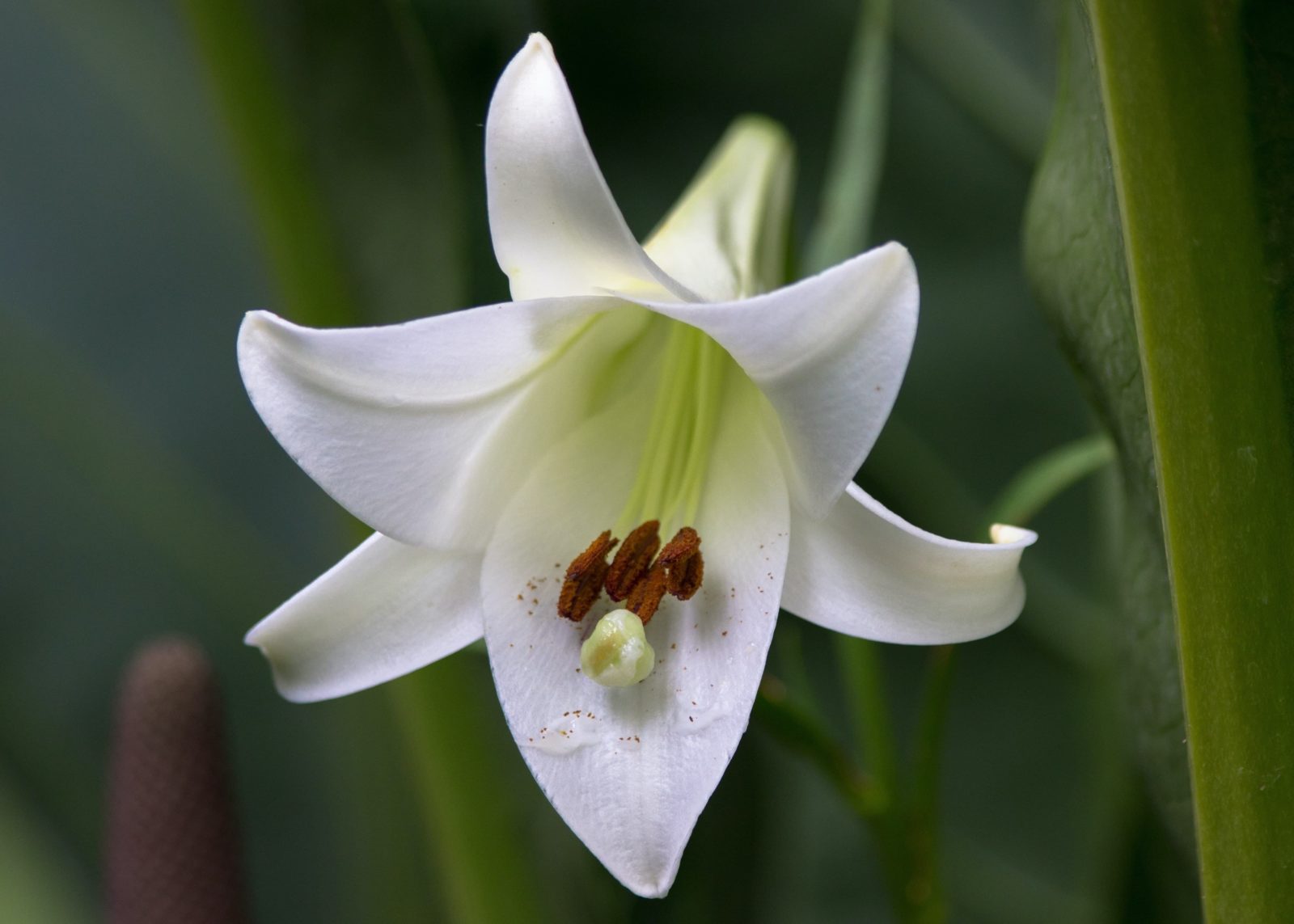
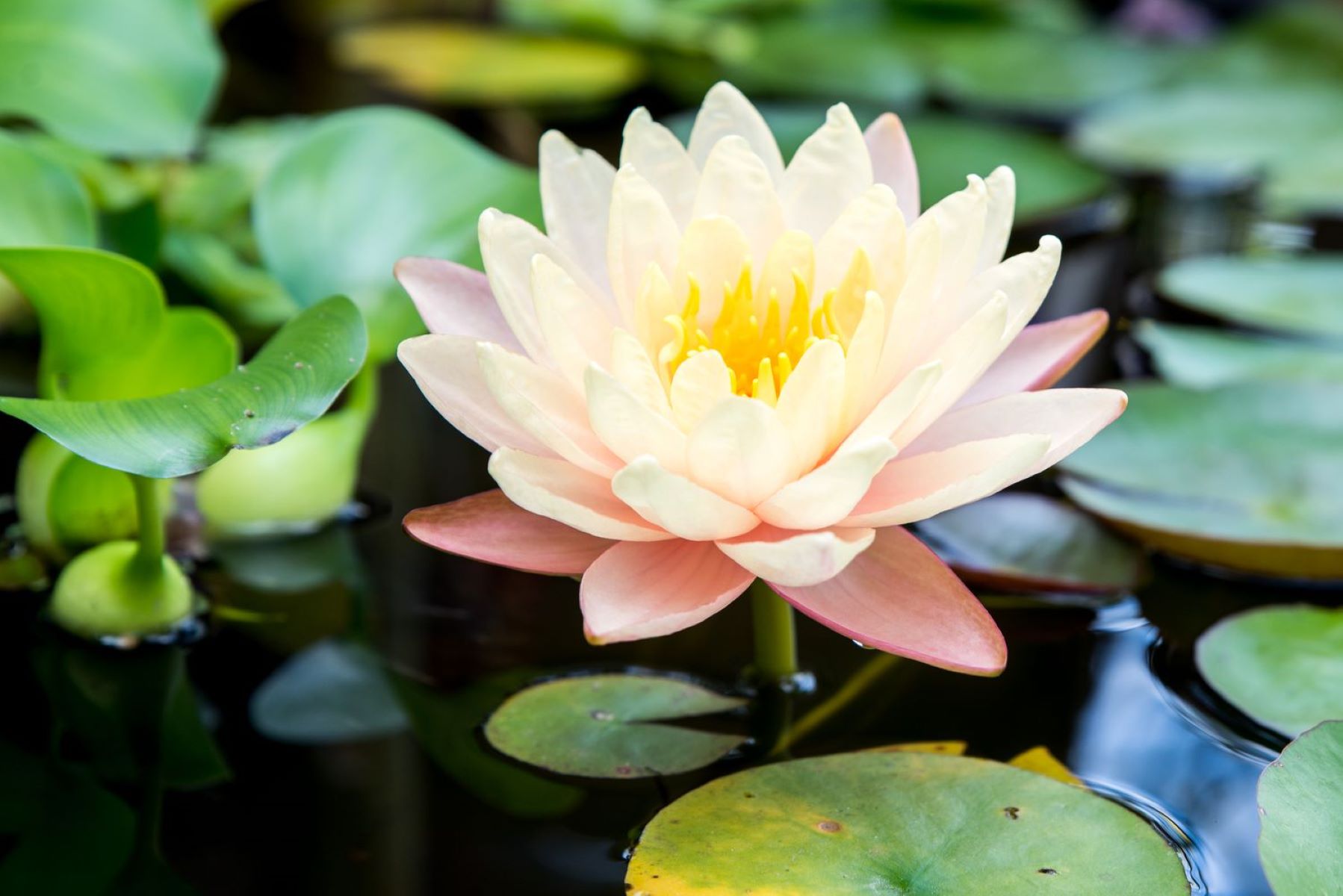
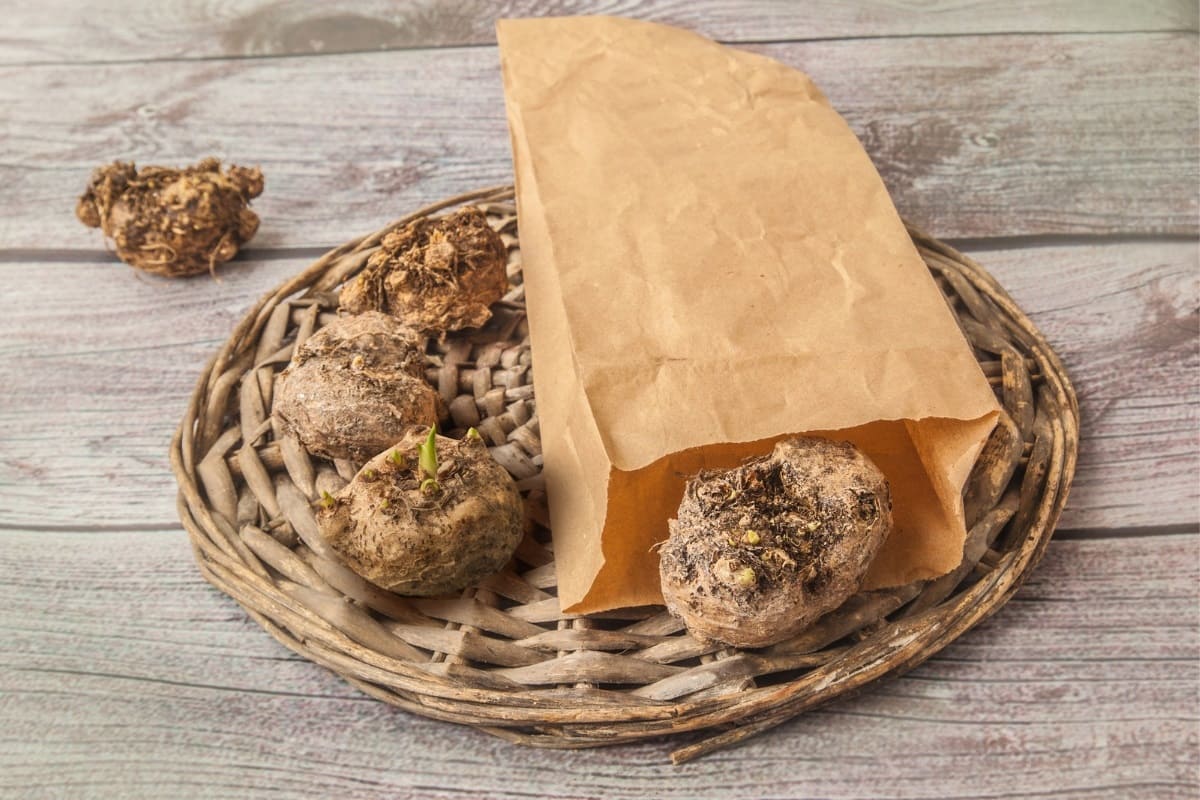
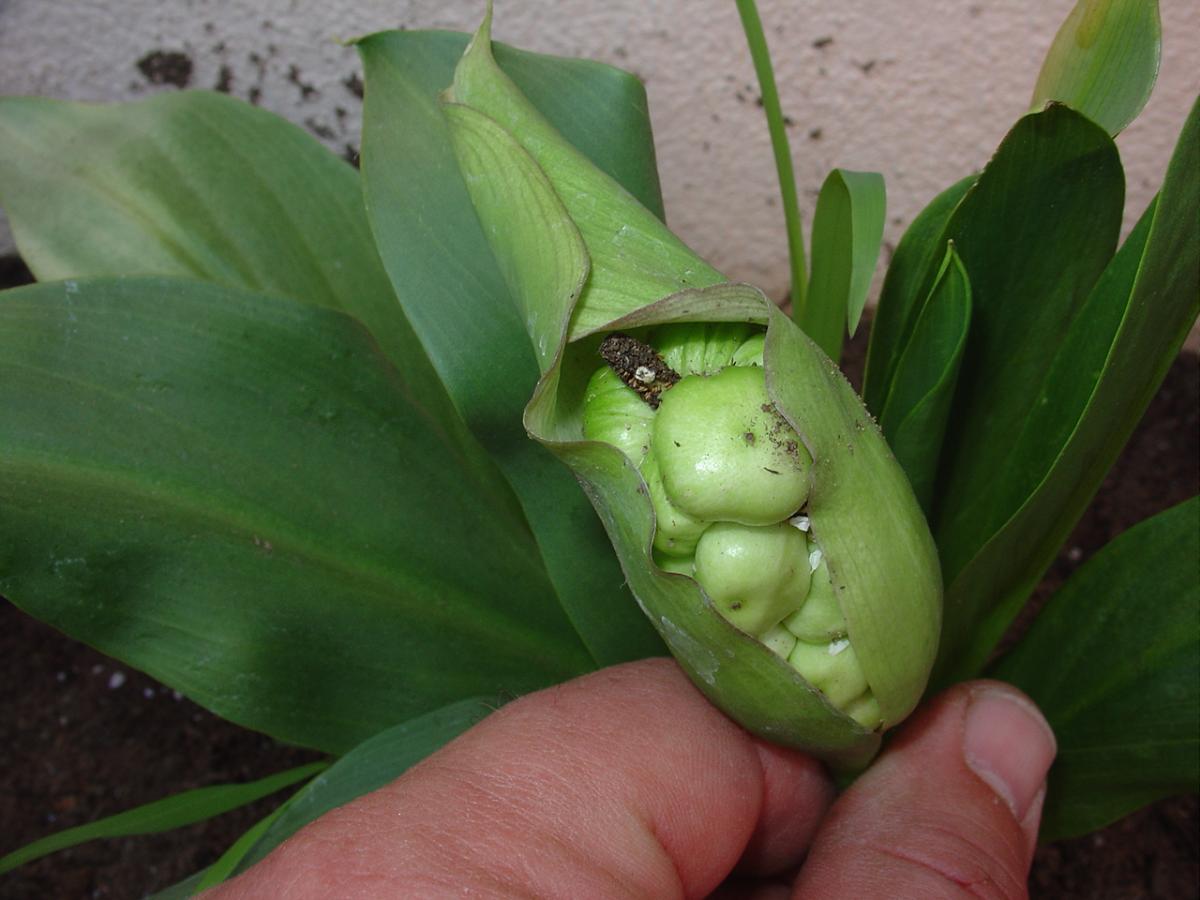
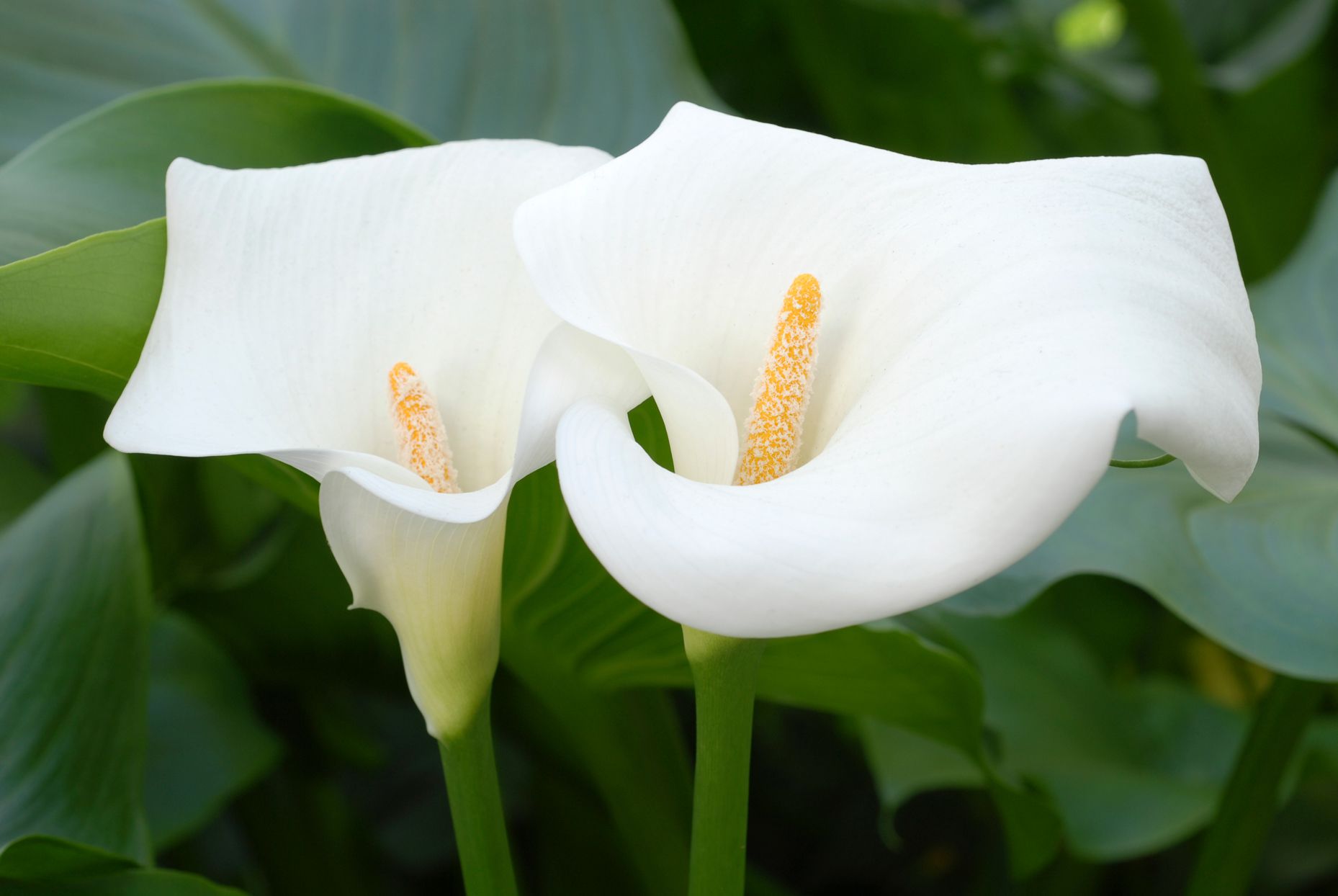










0 thoughts on “How To Grow Calla Lilies From Seed”